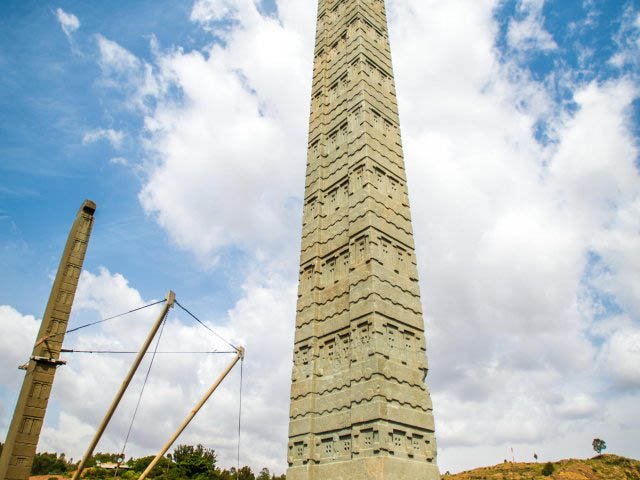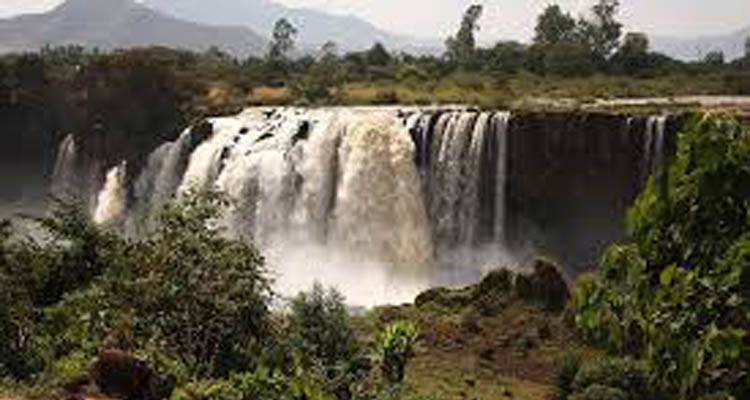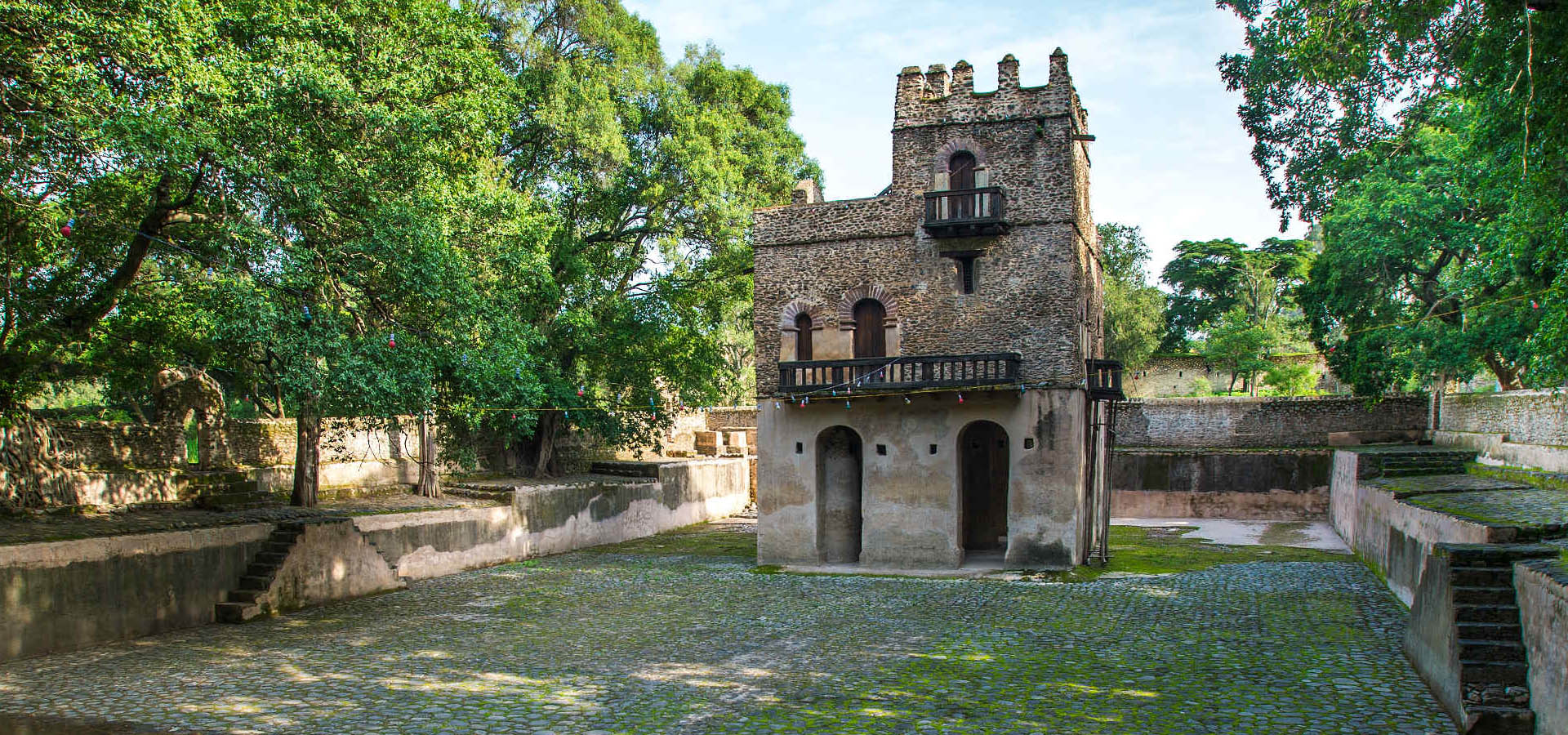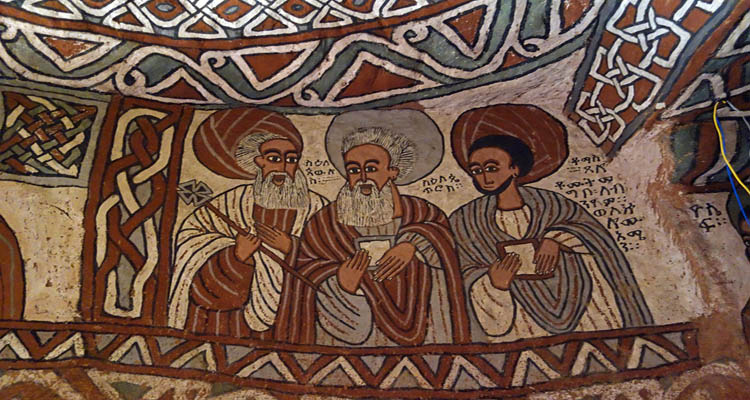Historical Attractions
AKSUM: LAND OF THE QUEEN OF SHEBA
 The oldest continuously-inhabited city in sub-Saharan Africa, Aksum was founded more than 3,000 years ago in the days of the Queen of Sheba.
The oldest continuously-inhabited city in sub-Saharan Africa, Aksum was founded more than 3,000 years ago in the days of the Queen of Sheba.
It served as capital of the Aksumite Kingdom, which was the dominant trade entity in the Horn of Africa for over a millennium prior to the rise of Islam, stretching from the Sudanese Nile across the Red Sea to Yemen.
A UNESCO World Heritage Site since 1980, Aksum today is replete with towering obelisks, ruined palaces, engraved tablets and other ancient artefacts dating back to its glory days.
BAHIR DAR: BLUE NILE FALLS
 The Blue Nile Falls is a waterfall on the Blue Nile river in Ethiopia. It is known as Tis Abay in Amharic, meaning “great smoke”. It is situated on the upper course of the river, about 30 km downstream from the town of Bahir Dar and Lake Tana. The falls are one of Ethiopia’s best known tourist attractions. The falls are estimated to be between 37 and 45 meters high, consisting of four streams that originally varied from a trickle in the dry season to over 400 meters wide in the rainy season.[https://en.wikipedia.org/]
The Blue Nile Falls is a waterfall on the Blue Nile river in Ethiopia. It is known as Tis Abay in Amharic, meaning “great smoke”. It is situated on the upper course of the river, about 30 km downstream from the town of Bahir Dar and Lake Tana. The falls are one of Ethiopia’s best known tourist attractions. The falls are estimated to be between 37 and 45 meters high, consisting of four streams that originally varied from a trickle in the dry season to over 400 meters wide in the rainy season.[https://en.wikipedia.org/]
GONDAR: CAMELOT OF AFRICA
 Dubbed the Camelot of Africa, the city of Gondar — capital of Ethiopia from 1636 until the mid 19th century — combines a modern veneer with an architectural sensibility harking back to the Middle Ages. The city’s physical and architectural centrepiece is Fasil Ghebbi, a stone-walled Royal Compound containing half a dozen fairytale castles including the three-storey original built by Emperor Fasil in the 1630s. The Fasil Ghebbi UNESCO World Heritage Site also incorporates several more remote constructions, most notably the Church of Debre Berhan Selassie, with its beautifully painted interior.
Dubbed the Camelot of Africa, the city of Gondar — capital of Ethiopia from 1636 until the mid 19th century — combines a modern veneer with an architectural sensibility harking back to the Middle Ages. The city’s physical and architectural centrepiece is Fasil Ghebbi, a stone-walled Royal Compound containing half a dozen fairytale castles including the three-storey original built by Emperor Fasil in the 1630s. The Fasil Ghebbi UNESCO World Heritage Site also incorporates several more remote constructions, most notably the Church of Debre Berhan Selassie, with its beautifully painted interior.
ROCK-HEWN CHURCHES OF LALIBELA
 Comprising eleven churches and two chapels, Ethiopia’s labyrinthine ‘New Jerusalem’, excavated by King Lalibela in the 12th century and still in active use today, has been dubbed the “Eighth Wonder of the World”. Hand-carved into the rock flake by painstaking flake, a process that would have required around 40,000 man-years to complete, Lalibela represents the apex of an Ethiopian church-excavating tradition that dates to the arrival of Christianity circa 350 AD. Many of Lalibela’s churches are subterranean monoliths, created in two stages. First, a quadrangle of trenches up to 15 metres deep would be hand-cut into a horizontal rock surface.
Comprising eleven churches and two chapels, Ethiopia’s labyrinthine ‘New Jerusalem’, excavated by King Lalibela in the 12th century and still in active use today, has been dubbed the “Eighth Wonder of the World”. Hand-carved into the rock flake by painstaking flake, a process that would have required around 40,000 man-years to complete, Lalibela represents the apex of an Ethiopian church-excavating tradition that dates to the arrival of Christianity circa 350 AD. Many of Lalibela’s churches are subterranean monoliths, created in two stages. First, a quadrangle of trenches up to 15 metres deep would be hand-cut into a horizontal rock surface.
TIGRAY CHURCH : ABUNA YEMATA
 Abuna Yemata Guh is a monolithic church located in the Hawzen woreda of the Tigray Region, Ethiopia. It is situated at a height of 2,580 metres (8,460 ft) and has to be climbed on foot to reach. It is notable for its dome and wall paintings dating back to the 5th century and its architecture.
Abuna Yemata Guh is a monolithic church located in the Hawzen woreda of the Tigray Region, Ethiopia. It is situated at a height of 2,580 metres (8,460 ft) and has to be climbed on foot to reach. It is notable for its dome and wall paintings dating back to the 5th century and its architecture.
he church is one of the “35-odd rock-hewn churches, the largest concentration anywhere in Ethiopia.” It is situated in the erstwhile Gar’alta woreda. The entrance is reached by a steep and hazardous ascent with hand and footholds in the rock.
